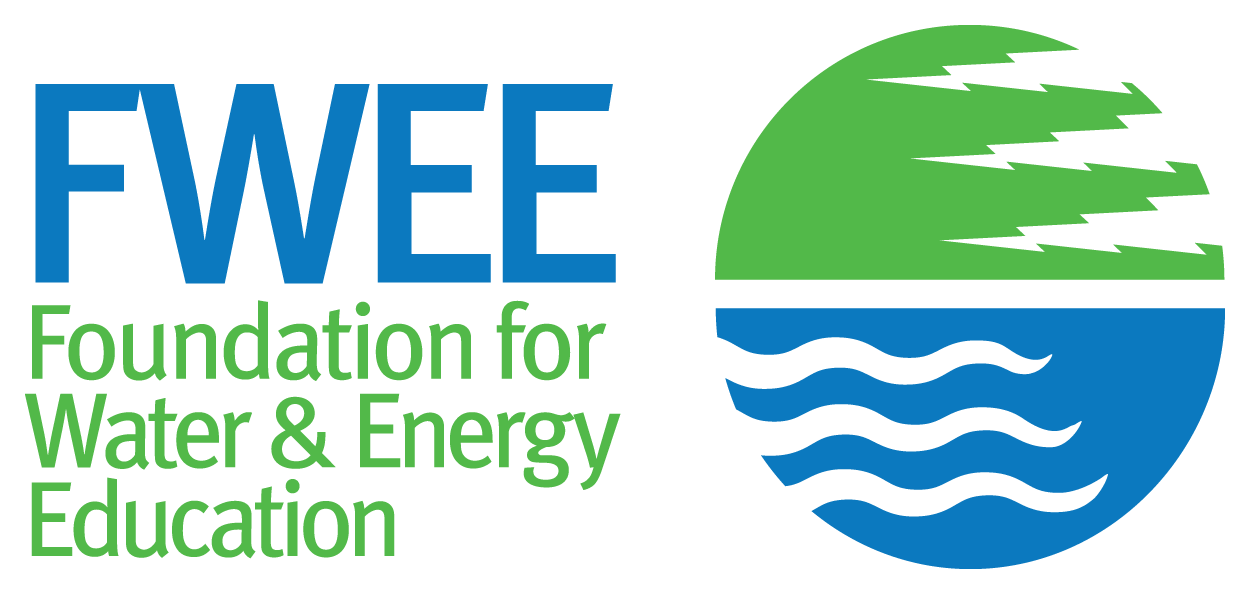BPA proposes resolution to electricity oversupply
By BPA News Release
Portland, Ore. – The Bonneville Power Administration today proposed compensating wind energy producers within its section of the grid for periodically reducing their output when necessary to keep the electricity supply from exceeding demand during high river flows.
If BPA decides to proceed with the compensation proposal, the agency will also propose in a rate case to split the cost of the compensation approximately equally between users of BPA’s Federal Base System and wind energy producers in its grid.
The proposal comes after months of discussions with key stakeholders to find an equitable solution to oversupply. The proposal is based on concepts developed in these discussions.
Although the discussions are ongoing, BPA is releasing its proposal for public review now so the agency can meet a March 6 deadline for filing the proposal with the Federal Energy Regulatory Commission. The terms of the proposal would run through 2015. The proposal is open for public comment until noon on Feb. 21.
The proposal would address the risk of a possible oversupply of energy when hydroelectric power produced by high runoff of water combines with wind generation in low-demand periods such as late at night. Electricity supply must constantly match demand to maintain the reliability of the electric grid.
“This is an important step toward resolving a Northwest issue in a way that works for the Northwest,” said BPA Administrator Steve Wright. “We’re focused on seeking solutions based on regional input that maintain reliability, protect fish and support renewable energy while equitably sharing costs.”
The risk of electricity oversupply depends on runoff conditions and BPA expects reductions in wind generation will be unnecessary in about one of every three years. Reducing hydroelectric generation during high flows sends more water through dam spillways, increasing dissolved gas levels that can harm fish. To control gas levels, BPA maximizes hydroelectric generation in such circumstances and offers the output at low cost or for free to coal, natural gas and other thermal power plants, as well as to wind generators. Thermal plants then typically shut down and save fuel costs.
However, most wind energy producers continue operating because their revenue from production tax credits, renewable energy credits and contracts depends on continued wind generation.
Under the new proposal, BPA would first work with the U.S. Army Corps of Engineers and Bureau of Reclamation to manage federal hydroelectric generation and spill water up to dissolved gas limits. BPA would then offer low-cost or free hydropower to replace the output of thermal and other power plants, with the expectation that many would voluntarily reduce their generation to save fuel costs. If electricity supply still exceeds demand, BPA would then reduce the output of remaining generation within its system, including wind energy, in order of least cost. BPA would compensate the affected generation for lost revenues, including renewable energy credits and production tax credits, subject to audit.
On average BPA expects to compensate wind producers about $12 million per year for lost revenues related to reduced electricity generation, although the total could range from nothing to more than $50 million in extreme conditions.
The Northwest River Forecast Center’s runoff projection for January to July 2012 is currently 85 percent of average. Lower runoff reduces the likelihood of an oversupply of electricity this spring, but conditions can change rapidly.
Under the proposal, BPA would cover costs of curtailing wind generation this spring from its transmission reserve account until a rate can be established to recover the costs. The agency would initiate a new rate case in which it would propose dividing compensation costs roughly equally between users of BPA’s Federal Base System and wind energy operators within BPA’s system.
For more information, go to www.bpa.gov/go/oversupply.
BPA is a non-profit federal agency that markets renewable hydropower from federal Columbia River dams, operates three-quarters of high-voltage transmission lines in the Northwest and funds one of the largest wildlife protection and restoration programs in the world. BPA and its partners have also saved enough electricity through energy efficiency projects to power four large American cities. For more information, contact us at 503-230-5131 or visit our website at www.bpa.gov.
